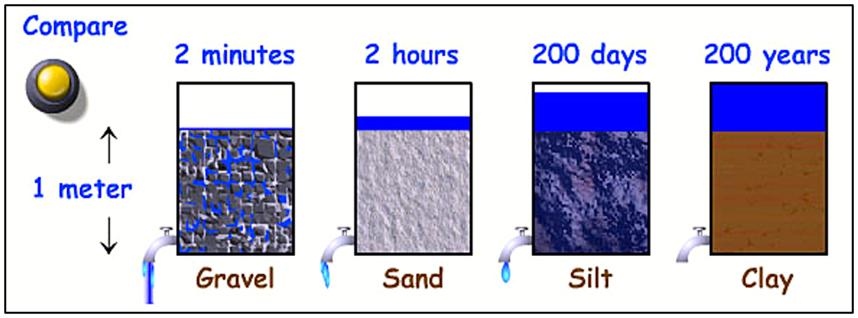How Radon Gets Indoors
Three factors are necessary for radon to be present in indoor air:
- A source of radon
- A pathway (opening into the building)
- A driving force (transport mechanism)
First and foremost there must be a source of radon. Thinking back to the uranium decay chain, remember that radon is the by-product of radium, which can be found in soil or bedrock, well water, and building materials. If a source is present, an opening or pathway into the home must also exist and work collectively with a driving force transport mechanism to bring radon gas into the home or building.
Once a source has been determined, the amount of radon entering a building and the variable conditions within the house determine the final radon concentrations, e.g. occupant lifestyle, ventilation, and construction. Subsequently, measuring the effects of ventilation on indoor radon concentrations is difficult because many of the factors that increase ventilation also tend to increase the amount of radon entering the home. For example, an exhaust fan increases ventilation, which tends to lower the radon concentration. However, it also increases the suction, or stack effect, the home exerts on the soil, which increases the contribution from the source. In any particular situation, it is impossible to predict which effect will be the dominating factor leading to elevated radon levels.
Factors influencing the potential of the radon source (Figure 3-1):
- Soil Porosity: the ease of soil gas movement into a building.
- Volume of Radium content.
- Forces pulling or pushing soil gas through soil.
- Pathways leading from the source to the indoor air.
- Size of particles: the smaller the particles the more surface area

Porosity of Substrate
Materials Source: Michigan Technological Institute

